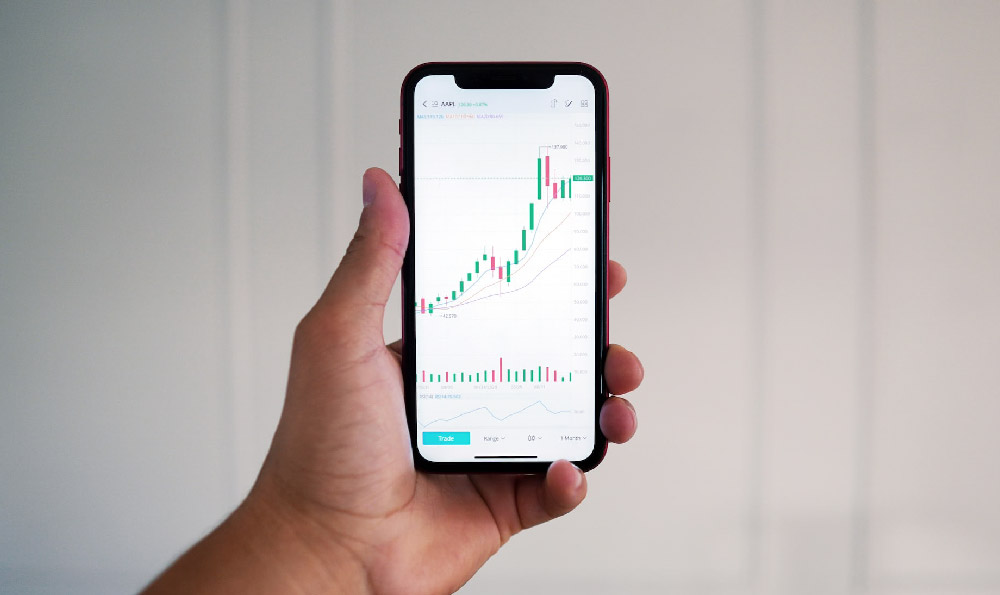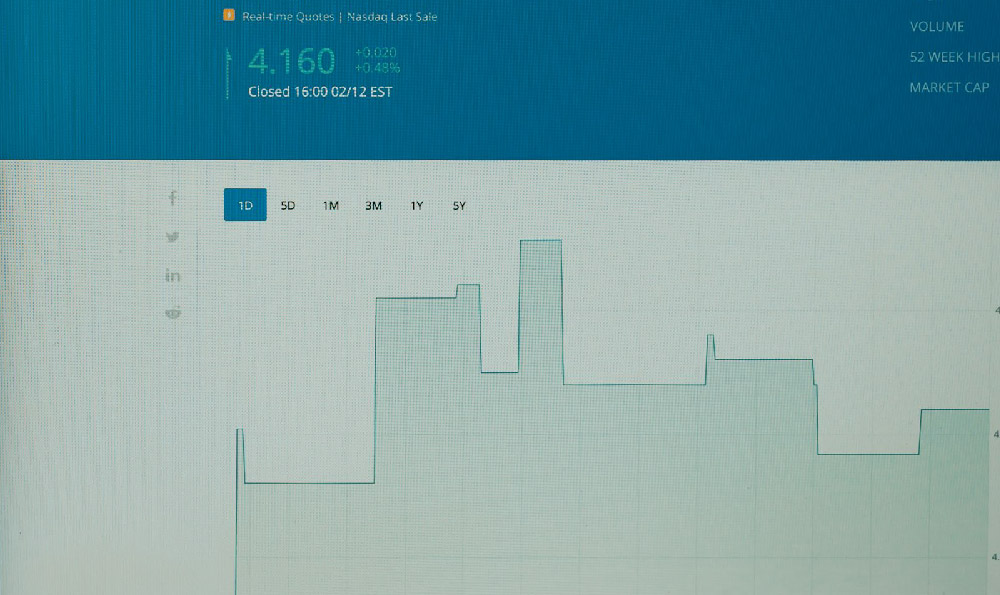Investing in Index Funds: A Smart Move, But How and Where?
Investing in index funds is often touted as a cornerstone of a diversified and relatively low-cost investment strategy. The allure is understandable. Instead of trying to beat the market, you simply mirror it, capturing the overall returns of a specific index, like the S&P 500 or the Nasdaq 100. However, the seemingly simple premise belies the need for careful consideration. Blindly jumping into any index fund without understanding the nuances of how and where to invest can lead to less-than-optimal outcomes. So, let's delve into the complexities of index fund investing, addressing not only the "how" and "where" but also the "why" behind each decision.
Why choose index funds in the first place? Their advantages are numerous and compelling. Lower expense ratios are a primary draw. Actively managed funds require analysts, traders, and a research team, all of which translate into higher fees. Index funds, on the other hand, are passively managed, requiring minimal intervention and thus lower operational costs. These lower expense ratios directly translate into higher net returns for the investor over the long term.
Another significant advantage is diversification. By tracking a broad market index, you gain exposure to a wide range of companies and sectors. This reduces the risk associated with investing in individual stocks, where the fortunes of a single company can significantly impact your portfolio. Diversification smooths out the volatility and cushions your investments against the risks inherent in individual company performance.

Furthermore, index funds often offer greater tax efficiency. Active managers frequently buy and sell securities within their portfolios, generating taxable events, such as capital gains. Index funds, with their lower turnover rates, generate fewer of these taxable events, allowing you to defer taxes and potentially improve your long-term returns.
However, understanding how to invest in index funds is crucial. It's not just about picking any index fund and hoping for the best. The first step is to define your investment goals and risk tolerance. Are you saving for retirement, a down payment on a house, or your children's education? The timeline and your comfort level with market fluctuations will dictate the appropriate asset allocation.
Once you have a clear understanding of your goals and risk tolerance, you can begin to select appropriate index funds. Different indexes track different market segments. For example, the S&P 500 tracks the 500 largest publicly traded companies in the United States, while the Russell 2000 tracks smaller companies. A total stock market index fund provides even broader coverage, encompassing virtually all publicly traded companies in the U.S. Understanding what each index represents and its historical performance is essential for aligning your investments with your overall strategy.
Beyond the underlying index, consider the specific fund's tracking error. This metric measures how closely the fund's performance mirrors the performance of the index it's tracking. A lower tracking error indicates a more accurate representation of the index. Also, pay close attention to the fund's expense ratio. Even seemingly small differences in expense ratios can compound significantly over time, eroding your returns. Aim for funds with the lowest possible expense ratios within their respective categories.
Another key consideration is the fund's structure. Index funds can be structured as either mutual funds or exchange-traded funds (ETFs). Mutual funds are typically bought and sold at the end of the trading day, while ETFs trade like stocks throughout the day. ETFs often offer greater flexibility and lower trading costs, but mutual funds may be preferable for those who prefer automatic investing or dollar-cost averaging.
Speaking of dollar-cost averaging, it's a strategy that involves investing a fixed amount of money at regular intervals, regardless of market fluctuations. This helps to reduce the risk of investing a large sum of money at a market peak. Dollar-cost averaging is particularly well-suited for index fund investing, as it allows you to gradually build your portfolio over time.
Now, let's turn to the "where" – where to invest in index funds. Several options are available, each with its own advantages and disadvantages. Brokerage accounts are a common choice. They offer a wide range of index funds from various providers and allow you to easily manage your investments online. Consider the brokerage's commission structure and account fees before making a decision. Some brokerages offer commission-free trading on ETFs, which can be a significant cost saving.
Retirement accounts, such as 401(k)s and IRAs, are also excellent vehicles for investing in index funds. These accounts offer tax advantages, such as tax-deferred growth or tax-free withdrawals, which can significantly boost your long-term returns. Many 401(k) plans offer a limited selection of index funds, while IRAs provide greater flexibility in choosing funds.
Robo-advisors are another option to consider. These platforms use algorithms to automatically build and manage your portfolio based on your risk tolerance and investment goals. They typically invest in a diversified portfolio of low-cost index funds. Robo-advisors can be a good option for those who are new to investing or who prefer a hands-off approach.
Finally, remember that investing in index funds is a long-term game. Don't get discouraged by short-term market fluctuations. Stay disciplined, stick to your investment plan, and rebalance your portfolio periodically to maintain your desired asset allocation. Regularly review your investments and make adjustments as needed to reflect changes in your goals, risk tolerance, or financial situation. Successful index fund investing requires patience, discipline, and a clear understanding of your own financial circumstances. It's not a get-rich-quick scheme, but rather a reliable path to building wealth over time. By carefully considering the "how" and "where" of index fund investing, you can maximize your chances of achieving your financial goals.















